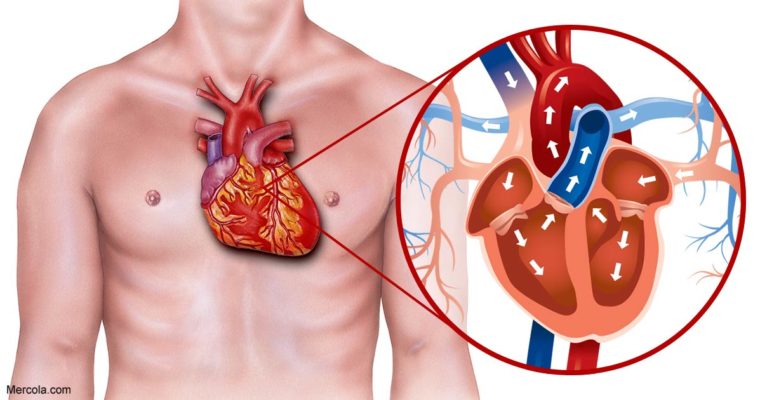How is Heart Blockage Treated?
Like | DoctorBabu | January 12, 2018 | Heart health, healthy tips, heat
Every time our heart beats, an electrical signal travels from the upper to the lower chambers. Along the way, the signal tells your heart to contract and pump blood.
When that signal is slowed down or kept from sending its message, it causes a condition called heart block. This affects the rate and rhythm of your heart, or the number of times it beats and the pattern of those beats.
Heart blockage occurs because of a build-up of materials within the arteries, which over time cut off the blood supply to the heart.
It is characterised by disruption of electrical pulses that control the beating of the heart. It may show up as chest pain or shortness of breath.
There are three levels of heart block
First degree. This is the mildest form of heart block. The heart’s electrical signal is slowed but still gets where it’s going. You may not notice or need treatment.
Second degree. Some of the signals don’t get to the right places. This means your heart may not beat as often or as regularly.
Third degree (also called complete). No electrical messages get through. The rate and rhythm of your heartbeat is very slow or it may even stop entirely.
Most of the first-degree heart block cases may not need treatment while second-degree heart block patients may need a pacemaker. Usually, the most serious type of heart block (third degree) causes symptoms, also known as complete heart block, needs medical attention.
Heart blockage does not always require treatment, unless there are some serious symptoms. Most cases of acquired heart block need to receive treatment, which is either a case of Mobitz type 2 second degree heart block or third degree heart block. The treatment options of symptomatic heart blockage include:
Transcutaneous pacing (TCP)
Transcutaneous pacing (TCP) is the treatment procedure that restores your normal heartbeat. During TCP, pads are applied on a patient’s chest to deliver the electrical pulses which help restore your heart rate. The medical procedure can make you feel
uncomfortable, so you may be sedated before the procedure begins. You will be given medication so that you have no awareness of what is going on around you.
Temporary transvenous pacing (TTP)
Temporary transvenous pacing (TTP) is an alternative to TCP in which a tiny wire is fed into the heart and linked to an external pacemaker. Once it restores your heartbeat, a permanent pacemaker may be recommended.
PacemakerIt is a device which generates tiny electrical signals and replaces the function of your natural pacemaker. A pacemaker is a tiny device, run by a small dry cell battery. It is linked to up to 4 wires that are fed into your heart through one of the veins for heart beat restoration. It is inserted under the skin of your chest and sends regular electrical pulses to keep your heart beating regularly.Angioplasty
A little balloon is inserted into the clogged section of the artery. Then, it is inflated to widen the artery and increase blood flow. As angioplasty alone is not enough to take care of the heart blockage completely, stents may be used in combination with angioplasty. A stent is a tiny metal coil inserted at the point where the artery narrows.

Leave a Reply